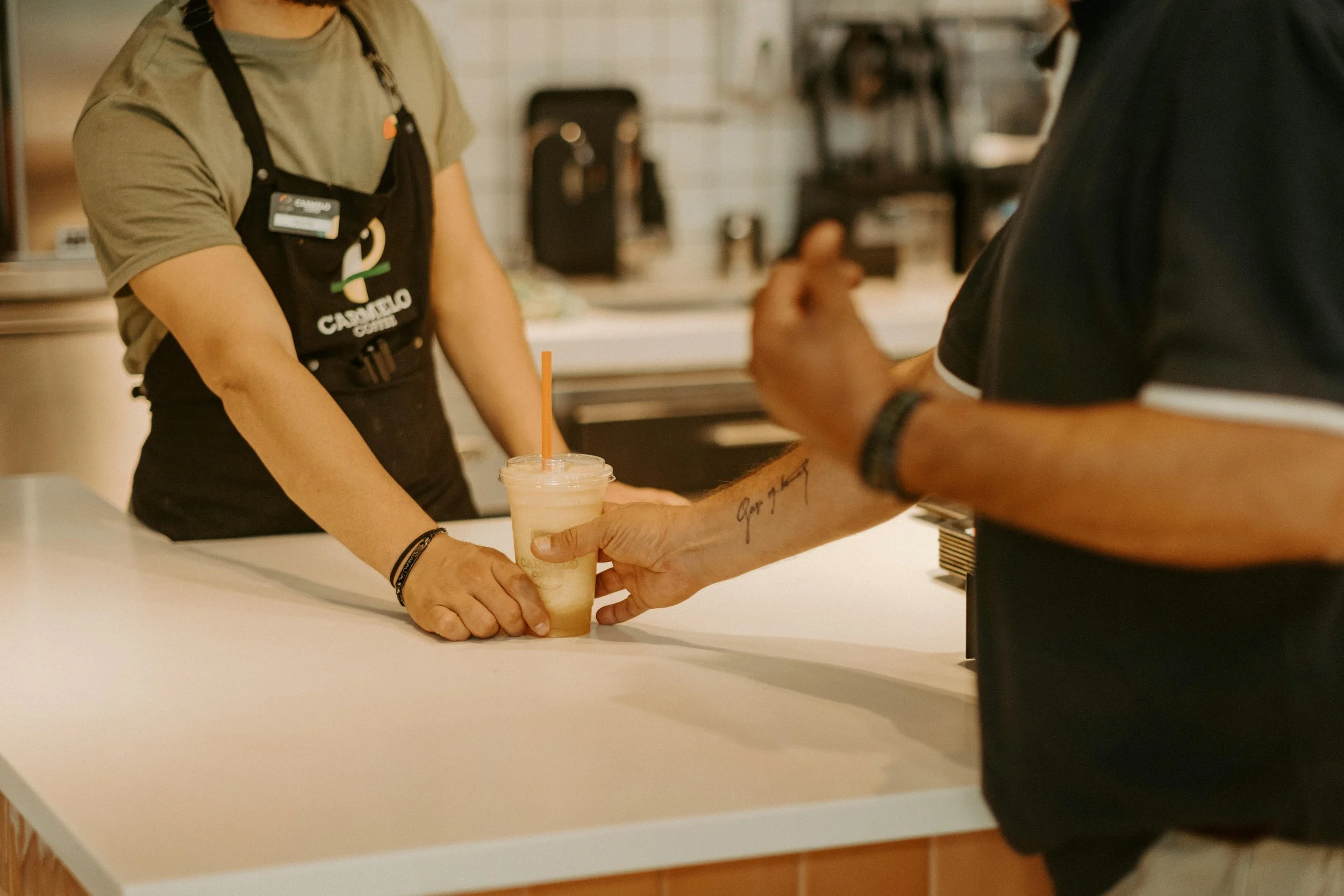Habit Loops: How to Build and Break Consumer Habits
It’s a hyper-competitive market out there. Understanding the psychology behind consumer behavior is more than an academic exercise—it can be a blueprint for success. A psychological concept called the habit loop, a simple yet powerful concept, reveals how habits are formed and, importantly, how they can be broken or reinforced.
Understanding the Habit Loop
The habit loop is a behavioral model popularized by Charles Duhigg in The Power of Habit. It consists of three key elements:
Cue: The trigger that signals the brain to initiate a behavior. This could be anything from a time of day, a specific location, an emotional state, or even the sight of a product on a shelf.
Routine: The behavior itself—the action the consumer takes after encountering the cue. This is where the habit manifests, whether it's purchasing a cup of coffee every morning or scrolling through social media at night.
Reward: The benefit the consumer gains from the routine. Rewards are crucial because they reinforce the habit loop by satisfying cravings or fulfilling needs, making it more likely that the behavior will be repeated in the future.
Understanding these components allows brands to dissect consumer behavior and develop strategies to either encourage new habits or disrupt existing ones.
Building Consumer Habits: Strategies for Brands
1. Identify and Leverage Cues
The first step in building a habit is to ensure that the right cue is in place. Brands can:
Time-Based Cues: Promote products during a specific time of day (e.g., morning coffee rituals).
Location-Based Cues: Use geo-targeted advertising or in-store experiences that trigger recognition.
Emotional Cues: Create marketing campaigns that tap into the emotions of consumers, such as nostalgia or excitement.
Example: A coffee brand might design a campaign that encourages consumers to start their day with a ritual, using sunrise imagery and consistent morning advertising to make the cue unavoidable.
2. Designing the Routine
Once the cue is set, the routine must be easy to adopt and repeatable:
Simplify the Action: Reduce friction in the purchase process—think one-click buying or a user-friendly app.
Create Engagement: Offer interactive experiences (e.g., loyalty apps, gamified shopping experiences) that make the behavior more engaging.
Build Consistency: Consistent product quality and service ensure that the routine becomes ingrained in the consumer’s life.
Example: A fitness app might integrate simple daily challenges that become a routine, reinforced by seamless user interfaces and social sharing features.
3. Delivering the Reward
The reward must be immediate and satisfying to reinforce the habit:
Intrinsic Rewards: Satisfaction from the activity itself (e.g., the endorphin rush from a workout).
Extrinsic Rewards: Tangible benefits such as discounts, loyalty points, or exclusive access.
Example: A retail brand could reward repeat customers with points that lead to discounts or exclusive products, reinforcing the buying habit by creating an ongoing cycle of reward.
Breaking Consumer Habits: Strategies for Disruption
While building habits is key for many brands, there are scenarios—such as a new market entrant or a disruptive innovation—where breaking existing consumer habits becomes the goal. Here’s how brands can approach this challenge:
1. Interrupting the Cue
Disrupt the triggers that prompt the habitual behavior:
Change the Environment: Introduce new elements into the shopping environment (both physical and digital) that distract from the established cues.
Innovative Advertising: Use unexpected messaging or creative visuals to override existing associations.
Example: A tech company introducing a new device might run an ad campaign that challenges the status quo, encouraging consumers to break free from their usual brand loyalties.
2. Altering the Routine
Encourage consumers to try a new routine by lowering the barriers to change:
Ease the Transition: Offer incentives to try the new behavior, such as introductory discounts or free trials.
Seamless Integration: Make the switch as painless as possible by ensuring the new product or service is accessible and easy to adopt.
Example: A subscription service might offer a free month trial, enabling consumers to experience a new routine without the immediate commitment of a long-term contract.
3. Reconfiguring the Reward
Provide a compelling new reward that can compete with or even surpass the old one:
Immediate Gratification: Ensure the new behavior offers a quick payoff, making it an attractive alternative.
Unique Value Proposition: Highlight benefits that the old habit couldn’t offer, such as enhanced quality, convenience, or social status.
Example: A sustainable brand could promote not just the functional benefits of their product, but also the positive environmental impact, appealing to a consumer’s desire for social responsibility.
Real-World Applications and Insights
Brands across various sectors have successfully leveraged the habit loop to drive consumer behavior. Here are a few notable examples:
Tech Companies: Apps like Instagram and TikTok are masters at using cues (notifications), routines (browsing or creating content), and rewards (likes, shares, and social validation) to keep users engaged.
Food and Beverage: Chains like Starbucks capitalize on the ritual of coffee drinking, reinforcing their brand through consistent cues (store ambiance, seasonal promotions) and rewards (customizable drinks, loyalty programs).
Retail: E-commerce giants such as Amazon use recommendation algorithms and one-click purchasing to streamline the routine, with quick rewards like speedy delivery and personalized offers.
The Takeaway
Understanding and manipulating the habit loop provides brands with a potent tool for shaping consumer behavior. Whether your goal is to build a new habit or break an existing one, the key lies in mastering the art of the cue-routine-reward cycle. As we’ve seen, subtle shifts in any one of these elements can create ripple effects in consumer decision-making, leading to lasting changes in behavior.
By leveraging insights from behavioral science and combining them with innovative design and marketing strategies, brands can not only influence but also transform the consumer landscape. As you continue to explore the dynamics of consumer habits, remember that the path to behavioral change is as much an art as it is a science—and the habit loop is your blueprint for success.
Happy experimenting, and may your strategies be ever in your favor!


